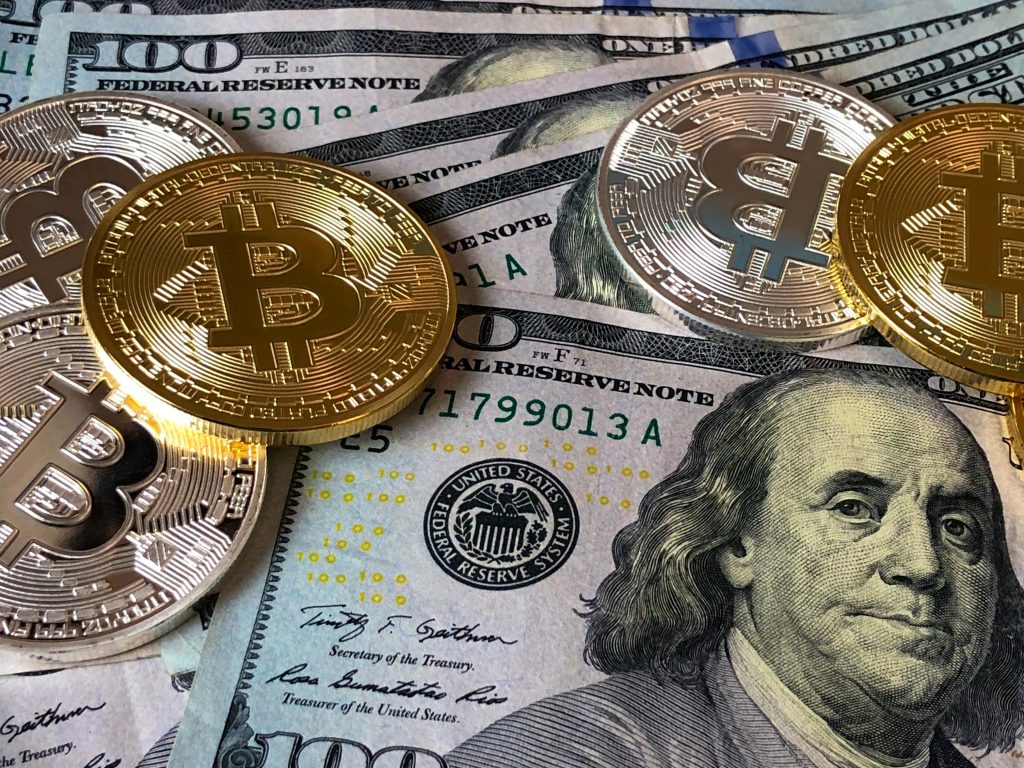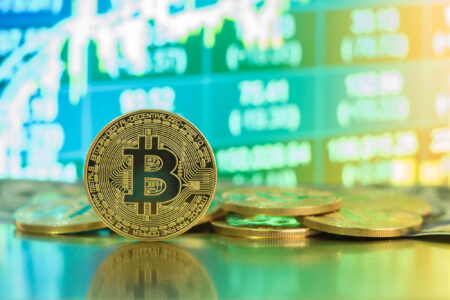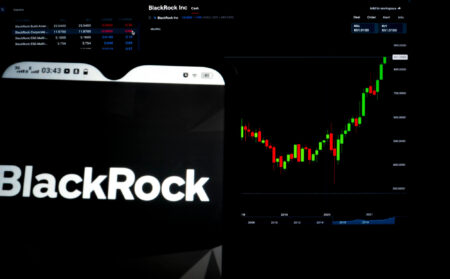The world is deep in the swamp of debt. This was the consensus before the pandemic broke out. The increased awareness of the global debt mountain which has resulted due to the consequences of Corona only intensifies the long-standing problems of our financial structure.
One does not need to be a macroeconomist to understand the current circumstances of our global economy. A brief look at the USA gives some useful impressions:
Between 2009 and 2019, the debt-to-GDP ratio in the US rose from 83% to 106% (23% increase in a decade. By 30 September 2020, the debt-to-GDP ratio will reach 135%). At the same time, the CBO projects an unemployment rate in the States of 11.4% by the end of the year. In other countries the situation does not look rosier. Even stable Switzerland is affected by the consequences of the corona crisis.
What options do governments have to escape the debt?
In the case of an economic superpower such as the USA or China, a hard default, as we have already seen in the past in developing countries, would be inconceivable, despite high levels of debt. The effects on the global economy would be fatal.
Austerity policy also seems to be a suboptimal solution. In the last 50 years, the American government has had a budget surplus only five times, because this kind of fiscal policy is not very popular with the population. If one takes a closer look at the political environment of the States before the next presidential election, this option does not seem the first choice either.
So what options are left for overindebted governments as a realistic solution to reduce their country's debt? A soft default by deliberately devaluing the currency to shrink the real value of the debt. Lenders get back the same amount of e.g. USD, but every dollar has fallen in real value due to inflation.
The impact of such an economic stimulus program is foreseeable. The most harmed by such a strategy is the average consumer, who receives his wages as his only source of income in fiat money and does not take advantage of the increased interest rate, a direct result of inflation. In the best case, pension savings are eaten away by inflation; in the worst case, the devaluation of the currency leads to loss of confidence in the state, political and social turmoil or even more serious consequences.
How does Bitcoin come into play?
As an institutional investor, the prospect described above brings uncertainty to the market. Investors are always looking for uncorrelated, yet highly liquid alternatives (so that they can quickly convert their positions into cash in the event of a sharp downturn in the global economy). But as soon as the market falls, the correlation between all asset classes (including Bitcoin) increases and you could have bought the iShares Core S&P 500 ETF into your standard portfolio right away. Ultimately, most investors think the same way, which is why every market behaves similarly with small shifts. But let's look at the investors in Bitcoin.
| Institution | Assets Under Management | Amount Grayscale BTC Trust |
| ARK Investment Management LLC | $4,476,259,838 | 20'226 |
| ARKW - ARK Next Generation Internet ETF | $4,476,259,838 | 17'136 |
| KINETICS PORTFOLIOS TRUST - Kinetics Internet | $5,348,552,762 | 15'284 |
| KINETICS PORTFOLIOS TRUST - Kinetics Paradigm | $5,348,552,762 | 13'995 |
| Arkadios Wealth Advisors | $626,987,454 | 9'071 |
| KINETICS PORTFOLIOS TRUST - Kinetics Market | $5,348,552,762 | 4'285 |
| Corriente Advisors, Llc | $263,431,194 | 4'201 |
| KINETICS PORTFOLIOS TRUST - Kinetics Small Cap | $5,348,552,762 | 2'187 |
| Addison Capital Co | $626,987,454 | 1'520 |
| IFP Advisors, Inc | $3,495,076,000 | 1'401 |
| KINETICS PORTFOLIOS TRUST - Kinetics Global | $5,348,552,762 | 1'114 |
| Slatestone Wealth, Llc | $1,040,861,617 | 509 |
| Fny Investment Advisers, Llc | $2,939,539,442 | 336 |
| Boston Private Wealth Llc | $13,315,703,119 | 249 |
| Rothschild Investment Corp /il | $1,440,528,814 | 235 |
| Bcj Capital Management, Llc | $263,431,194 | 138 |
| Formidable Asset Management, LLC | $467,678,888 | 123 |
| RFIIX - Rg Tactical Market Neutral Fund Institutional | $10,591,978 | 90 |
| RENN Fund, Inc. (managed by Kinetics) | $5,348,552,762 | 39 |
| Horrell Capital Management, Inc. | $323,093,655 | 29 |
| Heritage Wealth Advisors | $2,269,445,793 | 11 |
| Sterling Investment Advisors, Ltd. | $445,643,881 | 11 |
| Verus Capital Partners, Llc | $640,498,405 | 8 |
| Front Row Advisors Llc | $200,798,781 | 5 |
| Edge Wealth Management LLC | $933,616,108 | 4 |
| Nvwm, Llc | $282,598,645 | 2 |
| GESAMT | 92'209 |
Source: Forbes
Data for portfolio holdings is scarce, but Table 1 shows that there are few US financial institutions with more than USD 5 billion AuM allocated in Bitcoin. Just at the end of September, US-based MicroStrategy announced an acquisition of USD 450 million in Bitcoin. In Europe there are even fewer institutional investors, but the trend is increasing. Leading Swiss crypto ETP issuer, 21Shares AG in Zurich, broke the USD 100 million barrier in assets under management for the first time in August this year and currently stands at USD 130 million, showing growing interest from institutional clients.
"Our products fill a gap in the market. Due to the relative novelty of the crypto asset class, there is a shortage of institutional-structured products that allow institutional investors to build exposure to the best-performing asset class of the century. We identified this problem in early 2018 and solved it in late 2018 by wrapping Bitcoin and other crypto-currencies in a well-known ETP structure and listing them on the regulated stock exchange, giving institutions additional transparency and security. Since the launch of our first crypto basket on the SIX Swiss Exchange in November 2018, we have listed a total of 11 different crypto ETPs in four different currencies on five different regulated exchanges in Europe, including the German stock exchange Xetra and the official market of the Vienna Stock Exchange." - Hany Rashwan, CEO of 21Shares AG.
Few institutional investors, limited number of Bitcoins
The total market capitalization of Bitcoin currently stands at USD 280 billion. Of this, a few billion are probably held by traditional, regulated financial institutions. At most, this figure is likely to be a handful. The majority of current Bitcoin investors are small investors, and a few UHNWIs who put their money on technology. Imagine what would happen if most global asset managers and financial firms brought a small allocation of Bitcoin into their standard portfolios? Increasing demand could not be matched by an increase in supply, as inflation and the total amount of Bitcoins since the first block on January 3, 2009 is mathematically predetermined. There are currently 18.5 million Bitcoins (of which tens of thousands are presumably lost forever because the owners lost the password to their wallet), inflation is 6.25 new Bitcoins per block and this inflation halves every four years until the last new Bitcoin is mined in 2140, when the total amount of exactly 21 million Bitcoins is reached.
The price of one Bitcoin today (as of November 09, 2020) is USD 15,435. If we look at the two arguments (and we should look at them closely, but unfortunately there is no space for this in this article), regardless of the intrinsic value of Bitcoin, we see that investors, whether private or professional, are looking for an alternative asset class to protect their capital in the current uncertain environment. The Bitcoin market is currently still relatively untouched by the traditional financial world and few institutions have invested in this asset class to date. But the trend is clearly rising. In addition, there is the predetermined total quantity of Bitcoins, which can satisfy a substantial increase in demand only by a price increase.
Therefore you should ask yourself the question: Is it perhaps time for Plan B?




